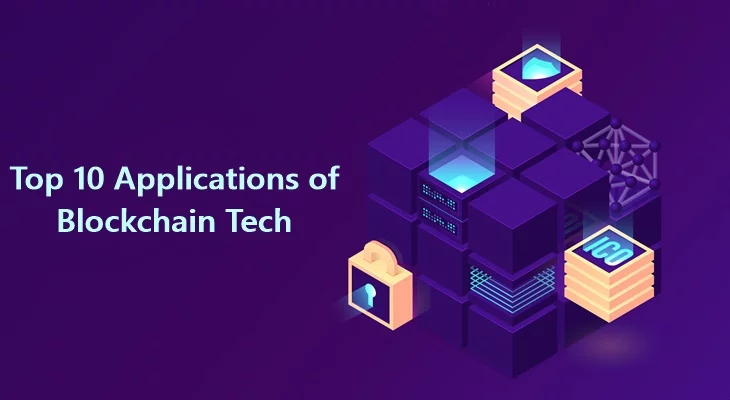Search engines like Google are becoming more intelligent. Rather than just ranking pages based on keywords, they check how people will connect with them. If visitors quickly leave your site or have trouble finding what they need, your rankings might drop.
That is where search experience optimization (SXO) comes in. It is the next evolution of SEO. It combines technical optimization with real human behavior. SXO is not about pleasing algorithms. It is about creating a smooth, engaging experience that keeps users and Google happy.
Let's understand why SXO is the future of search and how you can start optimizing it.
What is Search Experience Optimization (SXO)?
Search Experience Optimization (SXO) makes your website search-friendly and makes sure the visitors stay, engage, and get converted once they visit your page. Just like SEO, SXO is not just about ranking on Google. It keeps the visitor engaged once they land on your page.
How is SXO Different from Traditional SEO?
Traditional SEO’s focus is on keywords, backlinks, and technical optimizations. Search experience optimization goes beyond improving how users interact with your site with better design, faster loading, engaging content, and easy navigation. Think of it this way that SEO brings visitors to your site, and SXO makes them stay.
Why SXO is the Future of SEO?
Google’s algorithms keep getting smarter. They don’t just check keywords anymore. They track how users behave on your site. Here's why SXO is taking over:
1. Google Cares About User Experience
Google’s core web vitals measure loading speed, interactivity, and visual stability. If the site speed is slow or it is hard to use, there are chances your ranking may drop. SXO fixes these issues.
2. Higher Engagement = Better Rankings
If visitors leave your site quickly (high bounce rate), Google thinks your content isn’t helpful. SXO improves engagement by making content more readable, interactive, and valuable.
3. Voice Search & AI are Changing Search Habits
Nowadays, people ask questions rather than typing in keywords. SXO optimizes natural language, featured snippets, and voice search to match the way people search today.
4. More Conversations, More Business
A well-optimized site doesn’t just rank. It converts visitors into customers. Better UX means more trust, longer visits, and higher sales.
How to Implement SXO Right Now?
Ready to get ahead with SXO? Let's check how to start optimizing for the search experience today:
Optimize for Core Web Vitals
- Improve page speed (use tools like Google Page Speed Insights).
- Make sure your site is mobile-friendly.
- Fix layout shifts (elements shouldn’t move while loading).
Focus on User Intent, Not Just Keywords
- Answer questions users are asking (use FAQ sections and how- to guide them).
- Structure content with clear headings, bullet points, and images.
- Optimize long-tail keywords (e.g., “best running shoes for flat feet” instead of just “running shoes”).
Improve On-page Experience
- Use readable fonts, short paragraphs, and white space.
- To keep users engaged, add videos, interactive elements, and infographics.
- Make navigation simple so that visitors can find what they are looking for in 3 clicks or less.
Use Structured Data & Featured Snippets
- To help Google understand your content better, use schema markup.
- Optimize position zero (featured snippets) by providing clear and concise answers.
Track User Behavior and Keep Improving.
- Use Google Analytics & Heatmaps to see where users click, scroll, or drop off.
- To see what works best, check for different layouts, CTAs, and content formats.
Real-World Example: How SXO Boosts Rankings
Let’s say you run a fitness blog. Traditional SEO would focus on ranking for ‘best workout plans.” But with SXO, you would also:
- Improve the page speed so that mobile users will stay long on the page.
- Add a video tutorial to explain workouts better.
- Structure content with clear steps so users stay longer.
- Optimize for voice search by answering, “What’s the best 30-minute workout?”.
This will result in higher rankings, more traffic, and better engagement.
Final Thoughts: Start Using SXO Before Everyone Else Does
SEO is not about keywords and backlinks. Now search experience optimization (SXO) is the future because it aligns with how people search and interact online.
By focusing on speed, usability, and engagement, you will rank higher and build a loyal audience. The best part? Many businesses still rely on old SEO tactics. So, if you adopt SXO now, you will have a huge advantage.
To get good results, start with small things such as fixing the loading issues, improving content readability, and tracking user behavior. Over time, these changes will add up and will give you better rankings, more traffic, and higher conversions.
To learn more, visit KnowledgeNile!
FAQ
1. What is the difference between SEO and SXO?
Answer: SEO helps websites to rank higher in search engines. It uses keywords, backlinks, and technical optimizations. SXO goes beyond rankings. It makes sure that users have a smooth and engaging experience on your site.
2. How does SXO help with voice search?
Answer: Voice search depends on natural language and question-based queries. SXO optimizes content to match the way people speak. For this, it uses long-tail keywords, FAQ sections, and structured data.
3. Can small businesses benefit from SXO?
Answer: Basically, SXO is not for big brands. Small businesses can improve page speed, improve readability, and optimize local searches to compete effectively.
Recommended for you:
Impact of Blockchain Technology on SEO & SEM
Like Hat SEO: The Shift from Results to Reactions
Significance of Ecommerce SEO That Helps Online Stores Compete and Win More Sales






